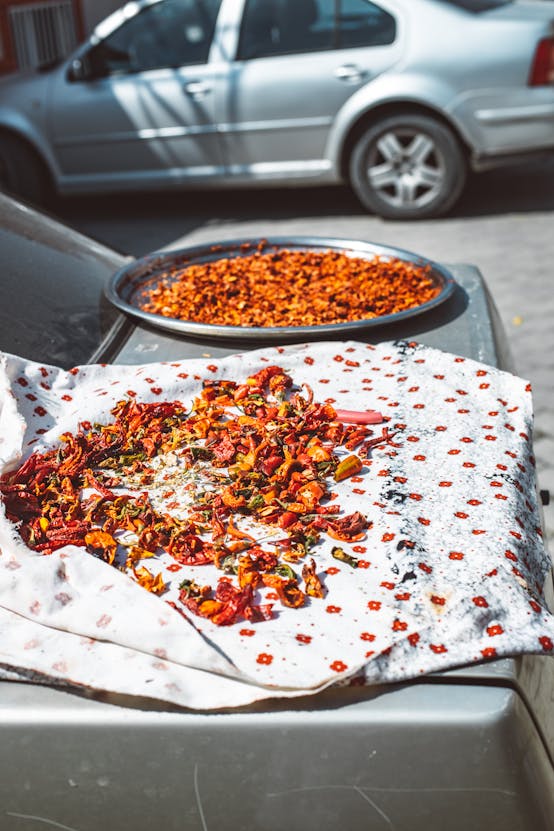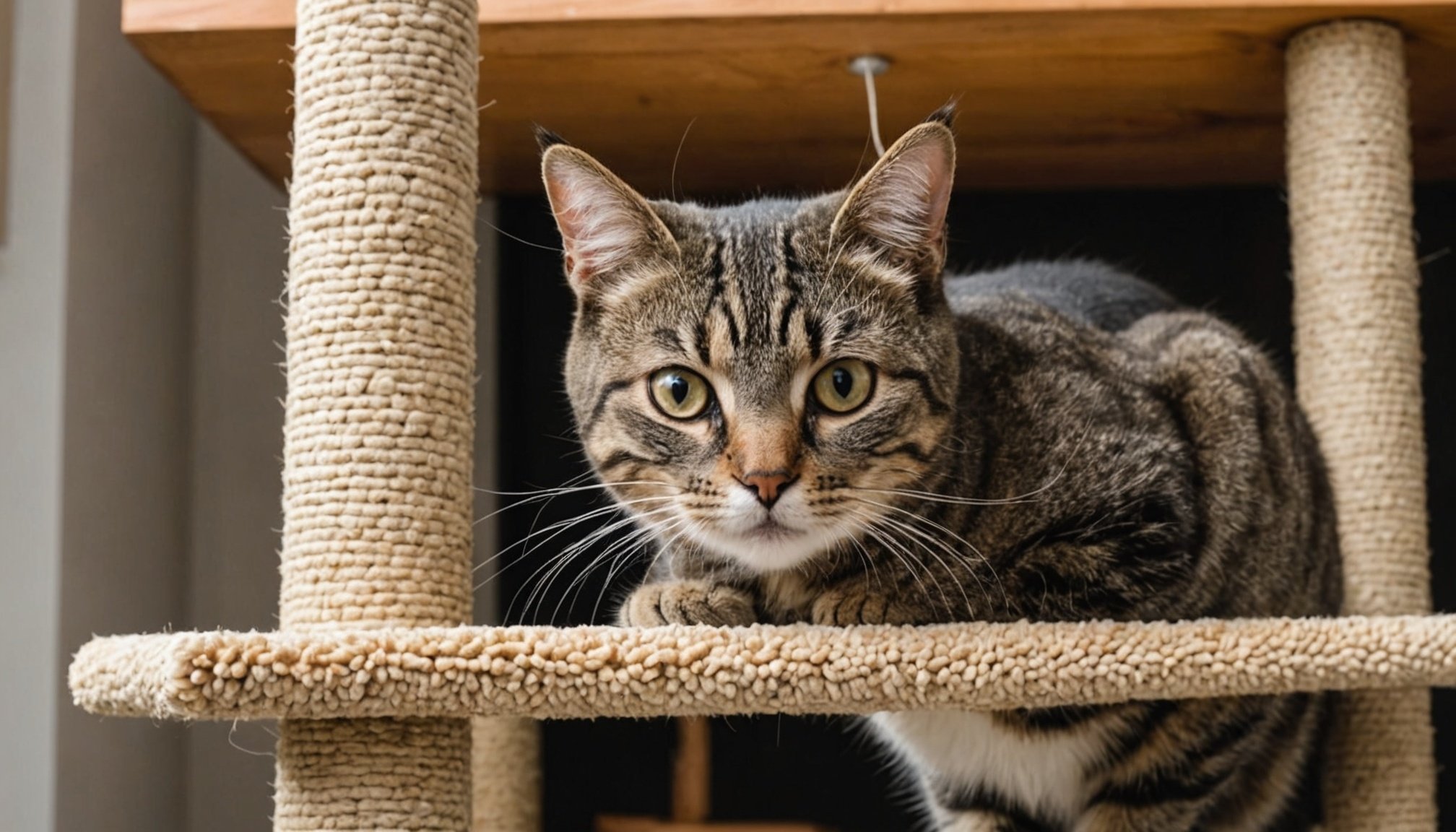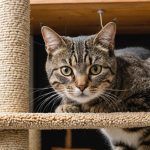Understanding Feline Behavior Towards Scratching
Feline behavior towards scratching is an intriguing facet of cat psychology. Cats instinctively scratch to mark territory. This natural behaviour communicates dominance and establishes boundaries. Through scent glands in their paws, cats leave unique pheromones, signalling to other animals that a space is claimed. This is crucial in multi-cat households where territory marking helps maintain harmony.
Aside from territorial reasons, scratching is indispensable for feline health. It aids in shedding the outer layer of their nails, keeping them sharp and maintained. Moreover, it offers a robust form of physical exercise. When cats scratch, they stretch their legs, shoulders, and back muscles, enhancing overall fitness and flexibility. This is essential for cats confined indoors, as it mirrors activities they would perform in the wild.
Also to see : What Are the Essential Steps for Choosing the Perfect Pet in the UK?
Furthermore, scratching reflects intrinsic scratching preferences varying by age, and breed. What’s vital is understanding these behavioral cues to cater to a cat’s inherent needs effectively. By observing these tendencies, one can choose specific tools, such as scratching posts, to align with a cat’s unique preferences and ensure they benefit from this vital activity.
Selecting the Right Scratching Post
Choosing the ideal scratching post involves understanding types of scratching posts, materials, and cat preferences. Cats have unique preferences depending on their age, breed, and behavioural habits. Therefore, providing a variety of scratching posts can cater to these individual needs.
Also read : What Are the Essential Steps for Choosing the Perfect Pet in the UK?
Different Types of Scratching Posts
There are several types of scratching posts, including vertical, horizontal, and angled designs. Each type offers distinct benefits, allowing cats to stretch and scratch comfortably. Vertical posts may be preferred by cats that enjoy reaching up, while horizontal options are ideal for those who scratch alongside the floor.
Recommended Materials
The materials used in scratching posts significantly impact a cat’s interest. Durable materials such as sisal rope, carpet, and cardboard cater to different cat preferences. Sisal rope offers a robust surface for vigorous scratching, while cardboard can satisfy light scratchers. Understanding these materials ensures your cat’s needs are effectively met.
Size and Height Considerations
Stability and design are critical factors in choosing an appropriate scratching post. A stable structure prevents toppling, offering security during use. The post’s height should accommodate a full stretch, enhancing feline satisfaction. Observing your cat’s natural scratching position can guide you in selecting the best post tailored to their habits.
Strategic Placement of Scratching Posts
Scratcher placement plays a pivotal role in redirecting cats away from unsuitable surfaces. By identifying high-traffic areas within the home, owners can strategically position posts where the cat naturally spends time. Optimal placement can deter undesired scratching on furniture by offering a more appealing alternative.
Observing Natural Behaviors
To enhance effectiveness, observe your cat’s regular feline habits. Does your cat frequently lounge in the living room or near doorways? Placing scratching posts in these areas aligns with their innate routines, increasing the likelihood of use.
Incorporating Environmental Factors
Consider environmental factors that might affect a cat’s willingness to engage with a post. Ensure the location is accessible yet private enough for the cat to feel secure. Additionally, placing scratchers near windows can cater to cats that enjoy watching outside activities, boosting engagement.
Properly understanding and implementing the best scratching post placement can help rectify behavioural issues. By observing and tailoring the setup to cater to specific feline habits and environmental factors, owners can effectively redirect unwanted scratching behaviours.
Positive Reinforcement Techniques for Training
Positive reinforcement is a robust approach in training techniques that enhances feline participation. It’s essential to use rewards like treats and praise when your cat uses the scratching post correctly. This builds a positive association, encouraging repeated behaviour.
When introducing a new scratching post, do so gradually. Position it in the cat’s familiar environment and observe their engagement, rewarding them for interactions. This process leverages behaviour modification, making the post an attractive choice over your furniture.
Consistency is crucial. Regularly reward with praise or treats when your cat approaches, uses, or explores the scratching post. This consistency strengthens the behaviour over time. Avoid punishment, as it can create fear rather than understanding.
Training sessions need to be short yet frequent, ensuring they fit into your daily routine. Over time, your cat will naturally gravitate towards the scratching post, reducing other unwanted behaviours. Positive reinforcement not only aids in training but also strengthens the bond between you and your feline friend, fostering a cooperative and fulfilling environment.
Enhancing Scratching Posts with Enticing Elements
To increase a cat’s engagement with scratching posts, enticing elements play a significant role. These enhancements can make the scratching experience more appealing and prevent behavioural issues.
Utilizing Catnip for Attraction
Catnip is an effective tool for enticing felines. When applied to scratching posts, it releases a scent that stimulates a cat’s interest, encouraging them to interact. Not all cats respond to catnip, but for those who do, it can significantly enhance usage and redirect attention from furniture.
Incorporating Interactive Features
Adding interactive toys to scratching posts can captivate a cat’s attention. Toys that dangle or move initiate play, satisfying a cat’s instinct to hunt and pounce. This combination of exercise and entertainment makes the post a more attractive option.
The Role of Texture in Scratching Appeal
The texture of a scratching post is crucial in attracting cats. Different surfaces, such as sisal or carpet, offer varied scratching sensations, catering to individual scratching preferences. Offering multiple textures not only sparks curiosity but also aligns with a cat’s innate need for diverse tactile experiences. This diversity in texture can keep their interest piqued and encourage repeated use.
Troubleshooting Scratching Issues
Addressing common problems related to cat behavior issues with scratching can ensure a harmonious home. Often, rejection of scratching posts stems from competing interests, like furniture or carpets. Cats may choose these appealing surfaces due to texture or location preference.
Solution strategies involve analysing and adjusting these competing factors. Ensure scratching posts offer a similar texture or comfort level. Consider the post’s current placement. If it’s not in a high-traffic area or near furniture, reposition it to make it more attractive than the alternatives.
If these adjustments don’t work, it might be time to seek professional advice. Animal behaviourists can provide insights into stubborn scratching challenges. They can help tailor specific strategies aimed at understanding your cat’s unique scratching preferences and needs.
In the interim, covering furniture with temporary protection or using repellents can serve as a deterrent. Using solution strategies tailored to individual cat behavior issues often resolves scratching challenges effectively.











